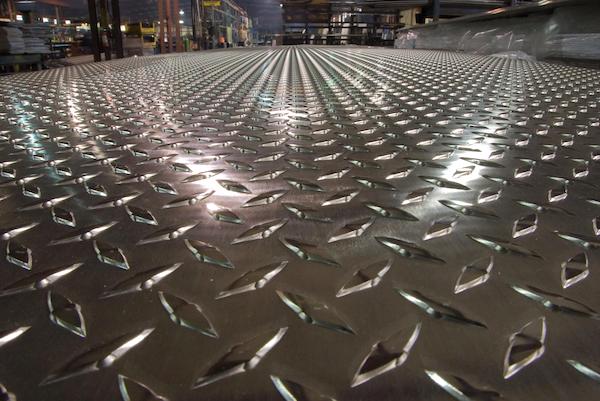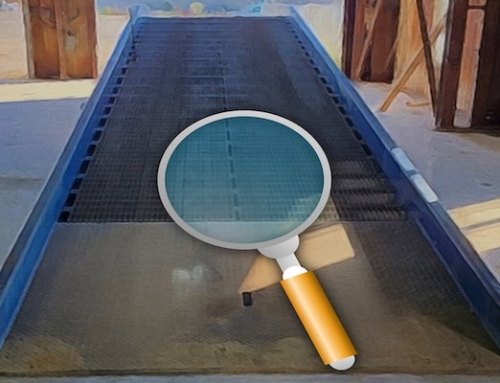Honoring the Sand Pad

When we posted an All-Steel Yard Ramp with Sand Pads, it gave our web guy pause. He paused on the sand pads. We forgive him; he knows not.
Internet research brought up a number of possibilities for “sand pads,” including:
- The proper name for a beach house rental in northern Oregon.
- Certain sand pads (aka “sander pads”) used to smooth surfaces before painting.
- Areas created for people to stand and observe so they don’t trample on things during visits to nature conservation areas.
- Our favorite: the SandPad, providing “a wider base of stability than normal crutch cane or walker tips to support a user’s weight for easy travel without sinking into sand, grass, gravel or snow.”
Most of these alternatives speak to mobility—easier application of paint, free movement in a specific area without disrupting the environment, and better negotiation of otherwise inaccessible or exceptionally challenging territory.
As applied to yard ramps, the definition is a fairly simple and straightforward. For our purposes, sand pads are square, flat plates of steel. Customers use these on ramps that are literally going to be used in a stationary capacity, though not at a dock. Rather, they’re best put to work in, say, a field or in the middle of a recycling center’s lot.
A yard ramp with sand pads provides a fitting option to tires, especially when you have no need to secure it to a loading dock. It typically has an incline to accommodate your forklift moving from one service range to another.
And whether serving in sand or in a cornfield, the sand pad performs with greater stability than a tire and will prevent your yard ramp from getting stuck or sinking into the softer ground.
Rare, yes, though not unprecedented.
A yard ramp with sand pads. Another example of the breadth of our inventory. Need a custom solution for your application? We readily handle that.

Click HERE to read about it.





